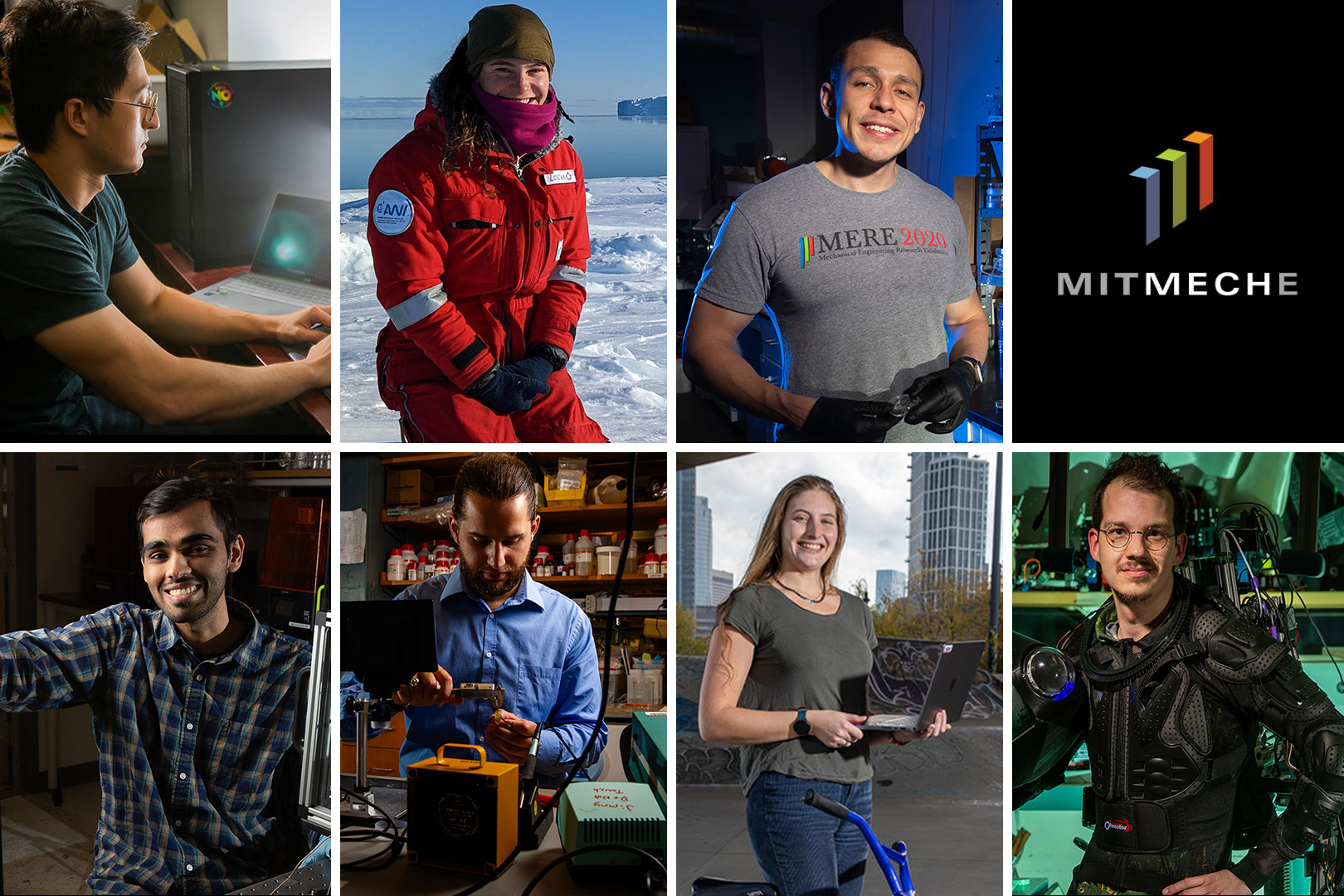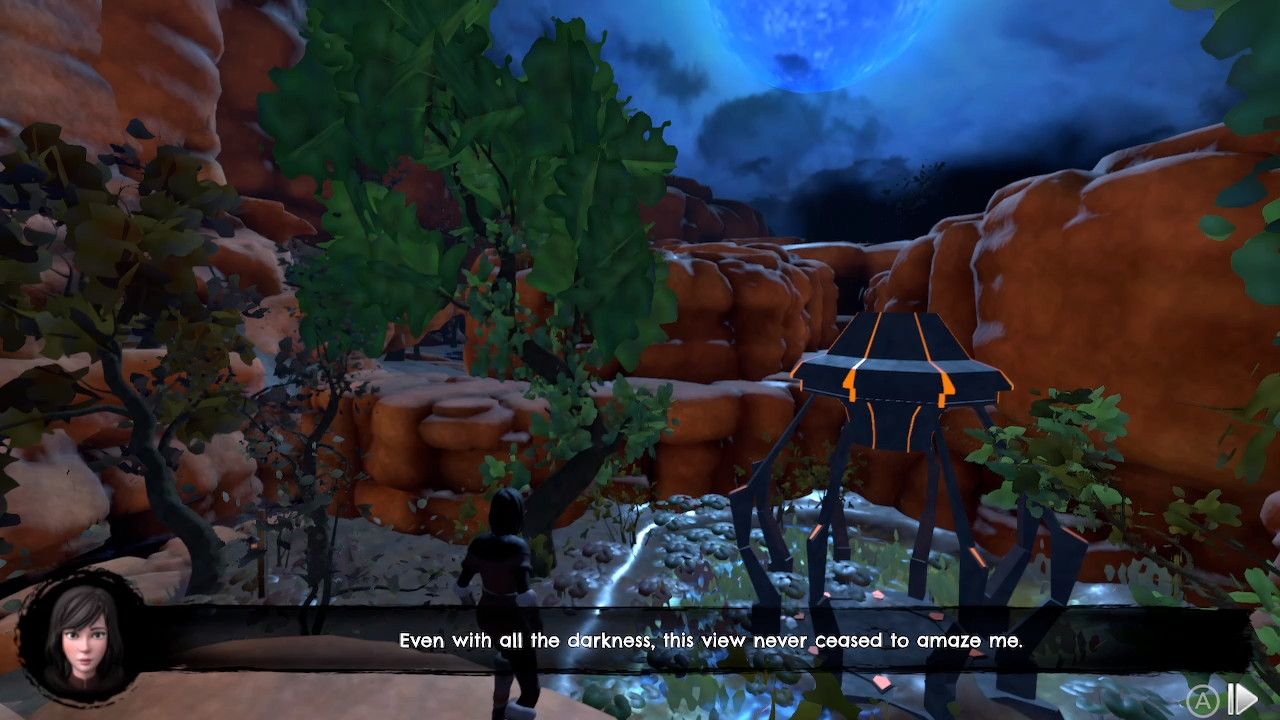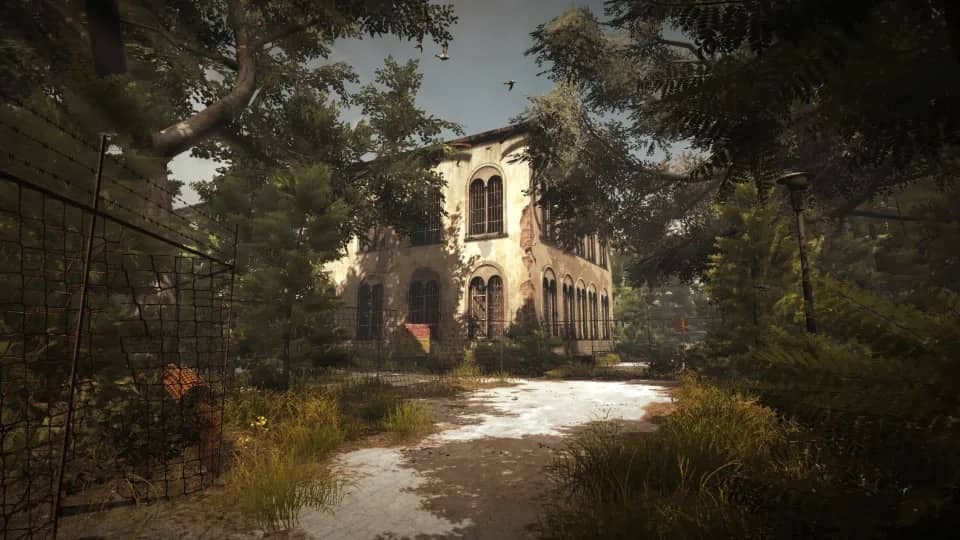Summer Spotlight: Celebrating the More Than 200 New Games Released on Xbox This Season
Summer may be starting to cool down but that doesn’t mean we’re done celebrating all the amazing games launched this season on console and PC.
There have been more than 200 games launched this summer like Pizza Bar Tycoon, Sam & Max: The Devils Playhouse, Just Crow Things, and the releases just keep on coming – with many having launched day one with Game Pass!
We’re highlighted a few of the more recently released titles for you below, and a few that are on the way, so be sure to check back every Tuesday on your Xbox console, Store on Windows, and the Xbox app on PC to see the latest summer releases as we head into fall.
- Pizza Bar Tycoon – Lookout! This pizzeria will soon become the talk of the town! Well… at least that’s the plan. Your customers are already queuing up, so you’ll have to serve them as quickly as possible. However, that’s easier said than done! Everyone’s in a hurry and you’ll have to prepare each order correctly, or else your customers are going to get crossed! Give it your all and you’ll come out on top!
- Sam & Max: The Devils Playhouse – The final game in Telltale’s Sam & Max trilogy, beautifully remastered! Explore odd locales, meet eccentric characters, and solve brain-tickling puzzles in this bizarre paranormal adventure with a surprise around every corner. Jump into Max’s brain and use the Toys of Power to see the future, teleport, and read minds.
- Just Crow Things – You’re a little crow trying to prove herself to the world. Make new animal friends, poop on unsuspecting hoomans, and steal all the shiny trinkets! Each level is a little sandbox full of fun items to discover and puzzles to solve, while leaving a bit of chaos behind. Why? Just caws!
Here are a few titles in pre-order that are coming soon:
- Visions of Mana – A new adventure begins in Visions of Mana – the first mainline title in the Mana series in over 15 years! Immerse yourself in the vibrant graphics of this beautiful world, where the powers of nature blend with the elemental aspects of mana to create a rich tapestry of life. Journey through enchanting locations with near-seamless transitions in a semi-open field that’s yours to discover. Brace yourself for fast-paced, multi-dimensional actions in battle to enrich your fighting experience. Use the magic of the Elementals to explore this vast world to your heart’s content!
- Casting of Frank Stone – The storytelling prowess of Supermassive Games meets the Dead by Daylight universe in a haunting horror game that won’t soon be forgotten. The shadow of Frank Stone looms over Cedar Hills, a town forever altered by his violent past. As a group of young friends are about to discover, Stone’s blood-soaked legacy cuts deep, leaving scars across families, generations, and the very fabric of reality itself.
Perks for Ultimate Game Pass Members.
- MultiVersus – The MultiVersus MVP Pack offers in-game content to further customize and boost your play for subscription members. MVP Pack 2 includes a Legendary Leave me Alone Ringout and an Epic Respects Sticker Emote.
- Stampede: Racing Royale – Join the herd in style! Kit out your kart with the Xbox KartCore 3000 Wrap, update your avatar with the Xbox Pic and get a head start with 25,000 coins! This Perk content requires Stampede Racing Royale to use.
- The First Descendant – Play a next-generation looter shooter, The First Descendant now and claim an exclusive launch edition bundle: Elevate your weapon with a stunning weapon skin and customize your Descendants with vibrant paints and a stylish back accessory!
Newer Games That Launched Day One with Game Pass
- Flintlock: The Siege of Dawn – The Door to the Great Below has been opened unleashing the Gods and their armies of the Dead. The lands of Kian are besieged, the city of Dawn is on the brink of destruction. It’s time for the Coalition army to fight back. Embrace vengeance, gunpowder and magic as you embark on an epic journey to defeat the Gods, close the door and retake the world. Your battle begins now.
- Still Wakes the Deep – Return to the first-person narrative horror genre for The Chinese Room, creator of critically acclaimed games such as Amnesia: A Machine for Pigs, Everybody’s Gone to the Rapture, and Dear Esther. You are an offshore oil rig worker, fighting for your life through a vicious storm, perilous surroundings, and the dark, freezing North Sea waters. All lines of communication have been severed. All exits are gone. All that remains is to face the unknowable horror that’s come aboard.
- Palworld – In this game, you can peacefully live alongside mysterious creatures known as Pals or risk your life to drive off a ruthless poaching syndicate. Pals can be used to fight and breed, or they can be made to work on farms or factories. You can even sell them or eat them. Collect all kinds of exciting Pals to fight, farm, build, and work for you in this completely new multiplayer, open world survival and crafting game! In the Sakurajima update you can find new pals, features, and map. The update also introduced Xbox dedicated servers, a new building and level cap, new subspecies, a new raid, faction, boss, and more.
This is just a small taste of the over 200 new games on Xbox this summer. Make sure you check your Xbox console, Store on Windows, and the Xbox app on PC every Tuesday to discover the new titles to play. Perks offers vary by region and game, so make sure you check the Perks gallery on your Xbox console or the Xbox app for more details.
The post Summer Spotlight: Celebrating the More Than 200 New Games Released on Xbox This Season appeared first on Xbox Wire.


























